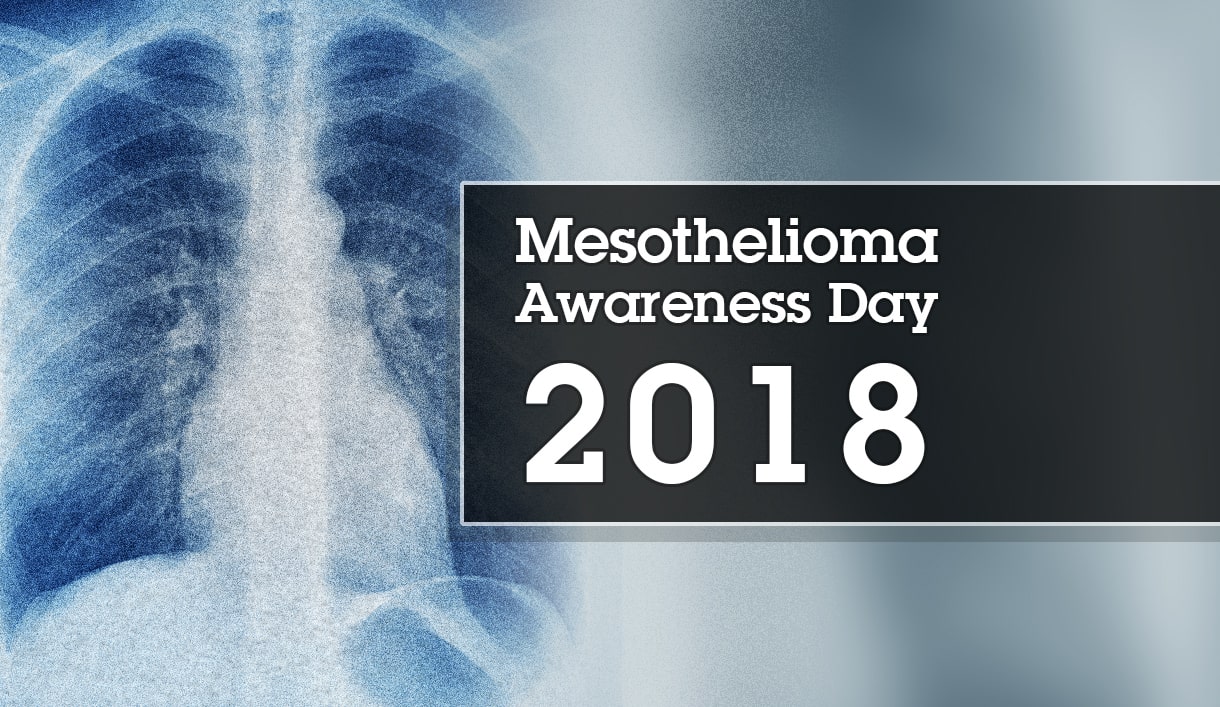World Environment Day: Safety in Environmental Protection and Sustainability
World Environment Day, celebrated annually on June 5th, is a global platform for raising awareness and taking action on pressing environmental issues. Established by the United Nations in 1974, this day unites millions worldwide to combat challenges such as pollution, climate change, and biodiversity loss. While many understand the significance of environmental conservation, the role of safety in these efforts is often overlooked. Ensuring safety is paramount in creating a sustainable and healthy environment for future generations. Here’s why safety is integral to World Environment Day and how it contributes to a greener planet.
Ecosystem Restoration: A Key Theme for World Environment Day
Each year, World Environment Day focuses on a specific theme to address a particular environmental issue. In recent years, the theme has often revolved around ecosystem restoration. Restoring ecosystems involves repairing and revitalising habitats and biodiversity that have been degraded or destroyed. This task requires meticulous planning, resources, and, critically, a focus on safety.
The Critical Role of Safety in Environmental Efforts
Unsafe environmental practices can lead to severe health issues. For example, exposure to hazardous chemicals and polluted air can cause respiratory problems, cancers, and other illnesses. Implementing safety measures ensures that both environmental workers and the public are protected from these dangers. Using eco-friendly materials, promoting clean energy, and ensuring safe waste disposal practices can significantly reduce health risks.
Environmental projects often involve activities like planting trees, cleaning water bodies, and restoring wetlands. These activities, if not managed safely, can result in accidents, such as falls, drownings, or equipment-related injuries. By establishing clear safety protocols, providing proper training, and ensuring the use of appropriate protective gear we can prevent such mishaps.
Promoting Sustainability with Safe Practices
Safety in environmental practices promotes sustainability. For instance, safe agricultural practices that avoid harmful pesticides and promote organic farming can enhance soil health and prevent water contamination. Similarly, safely managing industrial waste prevents environmental degradation and ensures the longevity of ecosystems.
Safety is also about educating communities on safe environmental practices. Days like today on world environment day serve to inform the public about the importance of using less plastic, recycling waste, and conserving water helps in creating a collective effort towards environmental protection. Community workshops, safety drills, and educational programs can empower individuals to contribute safely to environmental conservation. Celebrations like world environment day should serve as a reminder of the importance of taking care of our planet and our environment around us.
Essential Safety Steps for Environmental Activities
- Conducting Risk Assessments for Environmental Projects
Before embarking on any environmental project, it’s essential to conduct a thorough risk assessment. This process identifies potential hazards and helps in formulating strategies to mitigate them. For example, assessing the risks involved in tree planting can prevent injuries and ensure a successful project. - Using Appropriate Equipment for Safety
Using the right tools and equipment is crucial for safety. Whether it’s gloves, helmets, or machinery, ensuring that all equipment meets safety standards can prevent accidents and injuries. Regular maintenance and checks of equipment further ensure that they remain safe to use. - Training and Education on Environmental Safety
Training individuals involved in environmental projects about safety protocols is vital. This includes teaching them how to handle tools, recognise hazards, and respond to emergencies. Continuous education programs can keep everyone updated on the latest safety practices. - Implementing Effective Safety Protocols
Having clear and enforceable safety protocols is necessary. These should cover all aspects of the project, from the initial planning stage to the execution and post-project activities. Protocols should be easily accessible and understandable to all participants. - Monitoring and Evaluating Safety Measures
Regular monitoring and evaluation of safety practices help in identifying areas for improvement. Feedback from participants can provide insights into potential risks and the effectiveness of current safety measures. Continuous improvement is key to maintaining a safe working environment.
World Environment Day Reminder
World Environment Day is a reminder of our collective responsibility towards the planet. Integrating safety into environmental conservation efforts is not just about protecting those involved in these activities but also about ensuring the sustainability and success of the projects. By prioritising safety, we can create a healthier, more sustainable environment for current and future generations. This World Environment Day let’s pledge to make safety an integral part of our environmental initiatives and work together for a safer, greener planet.










